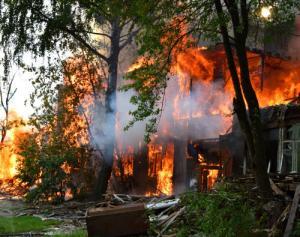
Call Us 24/7 For A Free Legal Consultation
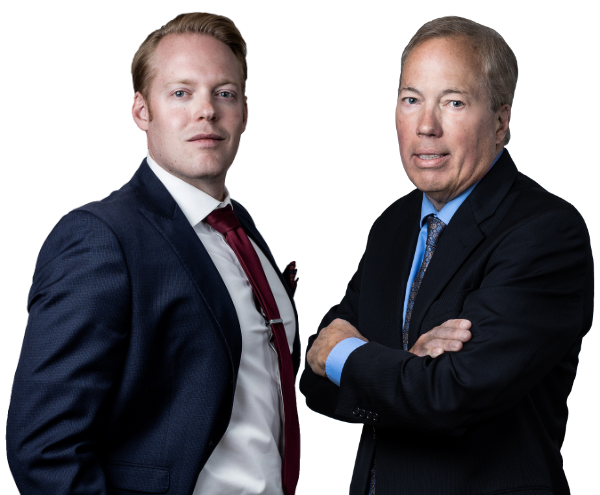

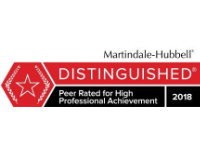
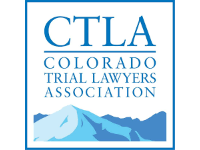
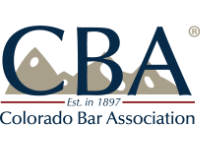

It’s been nearly four years since an unknown source sparked one of the costliest wildfires in Colorado history. Waldo Canyon fire insurance claims totaled more than $350 million — almost $1 million for every home lost. That fire’s infelicitous record would stand less than a year, when insurance claims on the Black Forest fire climbed higher than $420 million, covering the nearly 500 homes lost. Attorney Terry Rector was living in Mountain Shadows in 2012. On June 26, he learned his home had been completely destroyed.
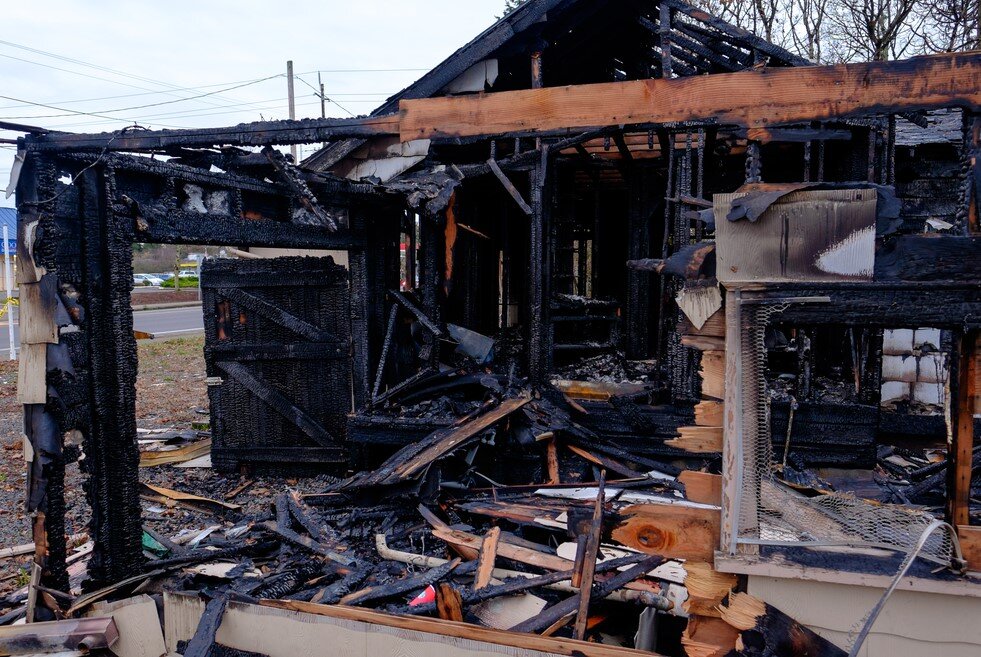
“Life tends to be the same as the legal profession,” Rector said. “They both hand you specialties you’ve never had or wanted.”
Following the fire, Rector Stuzynski LLC filed approximately 15 suits against the insurers who were negotiating in bad faith on the black forest waldo canyon fires for some Mountain Shadows homeowners who claimed they had not been paid in a timely manner or were not receiving what they were owed. Rector said all closed cases have been “satisfactorily settled” out of court, but he learned many lessons about homeowners’ insurance, both as an attorney and a wildfire victim.
“How many read their homeowners’ policy?” he said. “The lesson learned is: You should and you should understand it.”
Rector said a common theme in Mountain Shadows was “grossly under insured” homeowners.
“I talked with people about how much insurance they’d have on their house,” he recalls. “‘Oh, $250,000. I went on Zillow and that’s what it’s worth.’ No, my friend — not what you can resell it for. What will it cost to rebuild? It will be twice as much.”
Rector said those who experienced partial losses had an exceptionally hard time receiving payment from some insurance companies.
“You have to go to your insurance carrier and do this incredible kabuki dance proving your loss,” he said. “They challenge and play the game of undervaluing and over-depreciating personal property. It’s your headache, your issue and you have to do what they say in so many days.”
Rector said very few homeowners are familiar with what their policies cover, but Waldo Canyon fire victims quickly developed an understanding and began to track interactions with insurers.
“Coverage was the handicap,” he said. “And not because these aren’t smart people. But we had to develop the knowledge of how things are handled.”
Rector’s advice includes maintaining a close relationship with your insurance broker, weighing the benefits and costs of an umbrella policy for all structures and contents, and thoroughly understanding your policy and declaration page.
The Black Forest fire in 2013 trumped the Waldo Canyon fire as the costliest in the state’s history. Combined insurance claims for both disasters totaled about $770 million.
John Putnam said he didn’t see the Waldo Canyon fire through “the same eyes” as Rector.
Putnam is a semi-retired veteran of the insurance industry and acted as the insurance expert for Colorado Springs Together, a public-private nonprofit group created after the Waldo Canyon fire to help residents rebuild. The nonprofit remained active through the Black Forest Fire in 2013.
“Even with all the hoops and hurdles, big picture, the outcome [following the Waldo Canyon fire] was better than average,” Putnam said. “I think [Rector] might be hypercritical. With total losses, we saw flexibility among insurance companies working through issues and extending timelines. Was there an occasional situation? Sure.”
Insurance companies “get complacent with customers and customers, to a certain degree, make us that way,” he said.
He said price has long trumped coverage among insurance consumers.
“Over time, homeowners’ focus has been on getting cheap insurance and less attention is paid to the importance of adequate insurance,” he said.
The underinsured rate in Black Forest was around 30 percent, although some estimates have been even higher, Putnam said. Compared to Mountain Shadows’ 10 or 20 percent underinsured rate, Black Forest residents often had uninsured small businesses operating out of their homes or adjoining structures, he said.
“In Black Forest we saw small agricultural and manufacturing businesses — like people growing herbs for restaurants,” he said. “Allegedly there was someone selling car parts. Those businesses weren’t protected under their policies.”
If there’s a low probability of total loss, underinsurance is not a big deal, “but if you lose everything, it’s a huge deal,” he said.
Many underinsured residents also did not consider special limits applied to exempted items — to include antiques and art — which are usually covered by a capped and often less-than-adequate payout under a base policy.
He recommended those items be appraised and documented prior to setting up coverage.
Overall though, Putnam said about half of Mountain Shadows residents had rebuilt within the first year.
“That was slower than we anticipated, but looking at data compared to other wildfires, that’s a pretty rapid recovery,” he said.
The situation was also complicated in Black Forest by the housing crisis —where people purchased homes for less than their value while the market was distressed, he said.
“They may have been getting million-dollar homes for $600,000 before the fire and during the recession,” he said. “Then they hear it will cost them $1 million to replace it.”
Another shortcoming by policyholders, according to Putnam, was the failure to report remodels and upgrades to insurance companies.
“Those all change the valuation of your house,” he said. “I don’t now how many times I’ve seen a remodel, a refinished basement, a gourmet kitchen added — these $30,000 or $50,000 investments. But they didn’t think about calling their insurance agent and assumed it’s covered. Major upgrades just led to further aggravation of not having enough coverage.”
Rector argues that some of the blame extended beyond insurance companies and fell on the agents themselves, adding some knowingly undervalued property to keep prices down. Rector’s firm filed suits against agents it alleged weren’t vigilant enough in protecting their customers. If an agent hasn’t seen the property under consideration, he or she is guilty of malfeasance, he said.
“Agents simply go online to the county assessor’s website and look at your square footage, come up with a policy premium, call the client and say, ‘Here ya go.’ Well did you ever see the house? ‘No.’ Did you do a walkthrough? ‘No.’ Good agents now are going to the house and viewing the property and adjusting policies,” he said.
Putnam said that expectation is not very realistic.
“I think it’s important for agents to have a general idea what they’re insuring, but they’re not trained to appraise a house,” he said. “They should be trained, however, to know if some things are not covered by [the homeowner’s] regular policy. … I think agents would be prudent to go the extra mile and do a review every two or three years.”
Terry Rector, an attorney and resident of the Mountain Shadows neighborhood, lost his home in the 2012 Waldo Canyon fire. Rector’s firm represented others who lost their homes against insurance companies that were slow or unwilling to pay.
Emily Rogan is programs coordinator for United Policyholders, a California-based advocacy group for insurance consumers.
Rogan said her organization hears stories about significant under insurance following any disaster.
“Black Forest and Waldo Canyon were no exception,” she said. “The homeowner often relies on their agent to set those limits, when in reality it’s the homeowner’s responsibility.”
Rogan recommended having a proactive conversation with an agent and map out coverage for worst-case scenarios, adding homeowners should get replacement cost estimates from more than one source.
“An easy way to double check is to talk to contractors and see what the going rate to build in area is, take the square footage of your home and multiply [by that rate],” she said. “That will get you a ballpark figure for rebuilding costs.”
Rogan also said adding extras to a base policy can make a big difference in case of a disaster.
One is extended replacement cost coverage, which will pay up to a specified amount higher than an insured’s policy limit to fully replace a damaged home.
“You’re guaranteed, if there’s a total loss, that your limits will be bumped by that percentage — anywhere from 25 to 100 percent,” she explained.
Another add-on Rogan says is “worth it” is code upgrade coverage, especially for older homes.
“Codes change every couple years,” she said. “If you have to install new wiring and it’s not covered, you could be underinsured for that amount.”
Rogan said it’s important homeowners ensure primary structures are adequately covered because ancillary structures are often insured only as a percentage of the primary structure’s value.
“If you have a shed or a building that’s disconnected from your main house, describe that to your insurance agent,” she said.
Home-based business losses are capped under base policies, Rogan said.
“They only allow a certain amount to be recovered,” she said. “You may only be able to collect about $2,500, depending on the business. Computers and tools can easily exceed that. Almost all the gaps in policies have coverage additions to fill them. But your agent won’t know if you need it unless you bring it up. And you won’t know to bring it up if you haven’t been taught to.”
Rogan said, when going over coverage scenarios, take notes, follow up in detail with the agent via email so there’s a paper trail and “let your insurance goals be known. Ask, ‘If this happens, can I rebuild?’”
Finally, Rogan said the most important precaution a homeowner can take is to meticulously inventory belongings.
“You don’t have to submit that inventory, but you should have records of your items,” she said.
Taking pictures or videos of the home is vital, and UP even offers a photo-based downloadable app for homeowners.
“Something’s better than nothing and a lot of times getting paid what you’re owed comes down to documentation,” she said. “How old was it? Where’d you get it? What’s the replacement cost? [The insurance company] will apply depreciation, but depreciation is negotiable. Unfortunately that can be a hard task and traumatic to fire survivors. Insurance companies aren’t always sympathetic. For them, it’s business. And every item you miss is money the insurance company will keep in their pocket.”
If you were affected by the fire and are having trouble with your insurance company, get in touch with our Colorado Springs bad faith insurance lawyers today for a free consultation.
We serve clients injured anywhere throughout the state of Colorado, but we focus on residents of these areas: Colorado Springs, Manitou Springs, Fountain, Briargate, Monument, Black Forest, Pueblo, Canon City, Larkspur, Security-Widefield, Peyton, Castle Rock, Teller County, El Paso County, Elbert County, Park County, Douglas County and beyond.
Consultations are always free and available 24/7 over the phone.